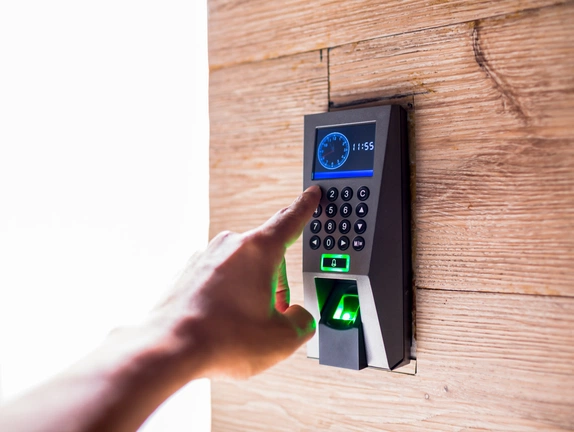Productivity
21 de February de 2024 - 14h11m
ShareThe business world is undergoing a continuous transformation, largely driven by the transition to remote work. With this change, a goldmine of employee data emerges that goes way beyond traditional salary records and performance evaluations. We're talking about valuable information that can predict the future of both employees and company operations.
Predictive employee analysis stands out as a powerful tool in this context. It allows for the exploration of historical data to predict future trends, identify patterns, and make informed decisions. For business leaders looking to better understand what's happening in their remote teams, predictive analysis becomes a crucial instrument.
Predictive employee analysis is the process of using historical employee data to make predictions about future performance and productivity. While conventional analysis focuses on identifying past problems to fix them, predictive analysis looks ahead, allowing for the anticipation of potential scenarios based on identified patterns in employee behavior.
In summary, this analytical approach reveals past and present patterns to predict what may occur in the coming weeks and months in the remote work environment.

The benefits of this analysis are broad and impactful for companies adopting remote work:
1. Increased Employee Retention
By identifying patterns signaling potential dissatisfaction or burnout among employees, companies can proactively take action to prevent voluntary turnover.
2. Data-Driven Strategic Decisions
Predictive analysis enables leaders to make more informed decisions about policies, remote work strategies, and technological investments, anticipating the impact of future changes.
3. Productivity Optimization
Understanding how employees perform best (whether at home, in the office, or in a hybrid model) allows for policy and practice adjustments to optimize productivity.
Despite its transformative potential, many companies hesitate to adopt predictive analysis due to a lack of technical knowledge or resources. However, implementing this analysis doesn't have to be complicated. Here are some important steps:
1. Goal Definition
Clearly identify the goals you wish to achieve with predictive analysis, focusing on critical aspects of remote work that can be improved.
2. Data Collection and Structuring
Map out which data is essential to achieving these goals and organize it appropriately for analysis.
3. Choosing the Right Tool
Find and adopt predictive analysis tools that fit your company's and team's needs, facilitating data interpretation.
4. Transparency and Employee Engagement
Clearly communicate to employees about the use of predictive analysis, emphasizing the importance of privacy and the purpose of improving the work experience.
5. Adoption and Continuous Monitoring
Make predictive analysis an ongoing process, adjusting and refining it as new data and situations arise.
Voluntary Turnover Prediction: Identify signs of dissatisfaction among employees to proactively act and prevent talent loss.
Replication of Best Performances: Study the work habits of the most efficient employees to guide the rest of the team.
Onboarding New Employees: Anticipate the time it takes for new hires to reach maximum productivity and plan for the transition of responsibilities.
Workspace Usage Prediction: Determine whether remote, hybrid, or in-person work is most effective for different teams, optimizing the use of physical resources.
In summary, predictive analysis in remote work not only offers valuable insights about the present but also helps shape the future of company operations more efficiently and proactively.
Investing in predictive analysis of employees in the remote environment can be the key to optimizing productivity, talent retention, and consequently, the long-term success of companies.
With its intuitive approach and focus on usability, Monitoo empowers companies to make the most of predictive analysis in the remote work environment, driving efficiency and long-term success.
In conclusion, by adopting tools like Monitoo for predictive analysis of employees, companies can not only gain a better understanding of the present but also proactively shape the future, driving growth and operational excellence in remote work.
Take advantage of all the benefits of Monitoo to increase the productivity and efficiency of your team. Try out all the available features right now with a free test account.
Visit www.monitoo.com.br and get in touch with us to learn more!


